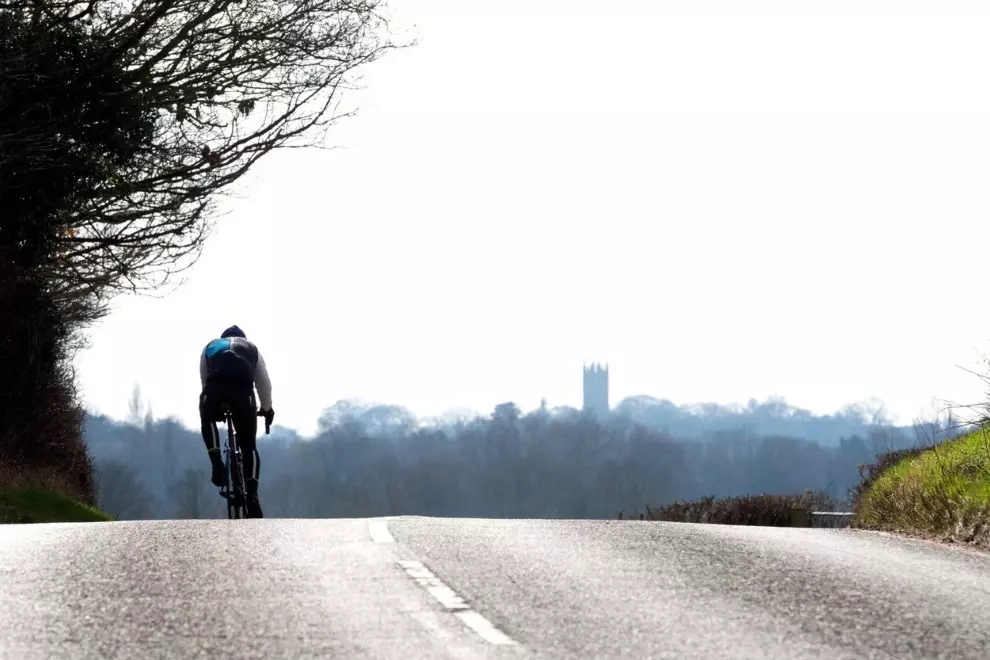Increasing training time is definitely a way to improve cycling economy. Adding more low-intensity rides is a great example of that. We will go over training tips in the next article. For now, let’s say you can’t add any more time into your cycling schedule and you’re looking for other ways to improve.
The good news is that improving economy isn’t only about your physiology. Economy is not only about how much power you can generate from the oxygen you breathe in. It’s also about transmitting power down to the bottom bracket through the cranks and eventually to the back wheel with minimum losses. This is how improving your bike fit and diligently maintaining your bike can get you a lot of additional gains.

Mechanical fundamentals
The easiest thing you can do is to keep your bike in a good shape. Here are a few things you should prioritize if you want to maximize cycling economy.
- Keep things clean – Dirt around moving parts can only add drag and decrease efficiency. Clean your bike after riding in bad weather and plan a big cleanup at the end of each season.
- Lubricate the chain – Your chain plays a key role in transferring the power you generate. A clean well-lubricated chain is a must. Check out our tips on how to do it yourself.
- Properly inflated tyres – The right tyre pressure will ensure no unnecessary power is lost in contact with the ground.
- Lubricate crank threads – If you notice any creaking in your crank, remove the crank bolts, lubricate the threads, and reinstall. This could be saving you a lot of power and protecting your frame and cranks.
- Change ageing parts – Even with the best maintenance, your chain and every other component are going to wear out. Replacing it when the time comes helps keep your bike safe and efficient.
Don’t hesitate to have your bike looked at by a professional from time to time. They can help you spot issues you might not notice and help with things you can’t handle on your own.
Bike position
Many cyclists think that going for a bike fit is all about aerodynamics. For most amateurs, the key point with bike fitting is to find the optimum sustainable position where the muscles can generate maximum power. Getting closer to that position can produce substantial gains in cycling economy.
The goal should be a relaxed upper body and overall alignment. The shoulders, hips, knees, and feet should be pointing straight ahead to avoid twisting forces through the joints. This also helps limit wasting energy through side-to-side motion. If you don’t feel like spending money on a professional bike fit, you can spend time instead learning the basics yourself with the help of your article.
Next time, we will add a few tips on how to improve your cycling economy with pedalling techniques and changes in training.




